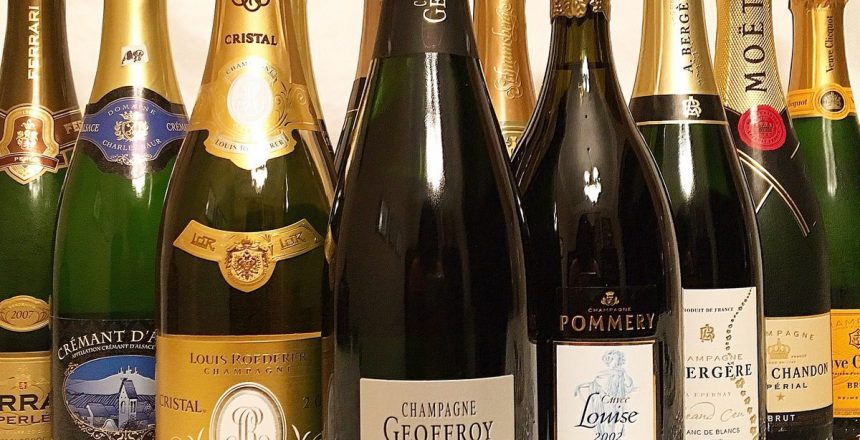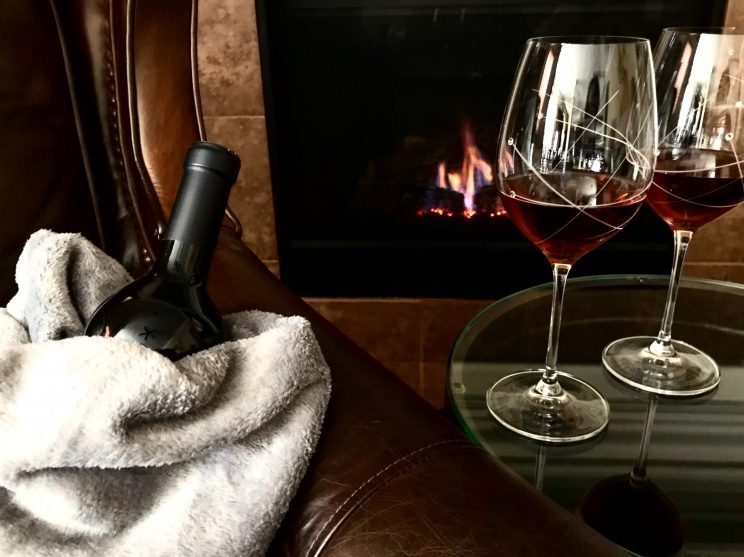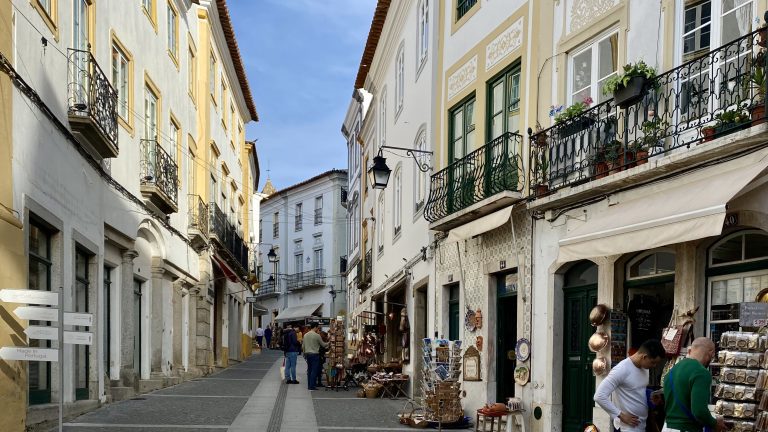There is more than meets the eye to the classic wine for celebrations – bubbly. Styles, grapes, glasses, and on and on – there’s a lot to consider when choosing and deciding to serve sparkling wine. The good news is that enjoying it is the easy part.
Which BubblyW
Yes, Champagne is king, but there are so many delicious sparkling wines made around the world (here are a few toast-worthy alternative sparklers). Want a traditional method wine like Champagne but at a more wallet friendly price? Try Cava. One of my faves comes in at around $9. Or if you still want France, try Cremant from several regions around the country including Alsace, Bourgogne, Loire, Limoux, Jura, etc. These wines get you close to Champagne quality at a fraction of the price. If you’re in the mood for something fruitier and less leesy, try Prosecco or Lambrusco.1 If you don’t mind the price of good Champagne but want something a bit different, give Franciacorta a try which often command similar prices and is oh so delicious. And don’t forget Sekt, American Sparkling Wines, and sparklers from South Africa, Australia (Tasmanian wines are great) Croatia, and even England.
Temperature
Like other wines, temperature is critical when deciding to serve sparkling wine. Sparkling wines are typically served colder than other wines. A well chilled sparkling wine is served between 43 and 50 degrees Fahrenheit, though I find myself on the cooler end of this scale. Note that “well chilled” is not the same as “ice cold” as you don’t want to serve a wine with ice crystals in it. To chill your sparkling wine, refrigerate for a few hours or use an ice-water-salt combination in a bucket which is the fastest method. Avoid the freezer as your bottle could explode.
Opening
Do not, I repeat, do not shake up your bottle to open it. Unless you want to lose an eye. Yes, it looks fun on TV but is it worth the risk? Besides, why open it in a way where you lose some of that precious juice?! This is also why I don’t get the whole sabering thing. The point is to preserve and drink the wine not watch it spill all over the place. To open it like an adult, remove the foil and loosen (but don’t remove) the wire cage. Tilt the bottle to a 45 degree angle keeping your hand on the cork and your other hand on the base of the bottle. Twist the bottle, rather than the cork, while slowly easing the cork out of the bottle. You should hear a soft “pop” rather than a loud explosion.
Glassware
There is a great deal of debate about the proper glass for drinking your bubbly. For years, conventional wisdom said that flutes were the best choice as the shape of the glass enhanced and preserved the effect of the bubbles as well as the wine’s aromas. For this reason, the old school coupes (which I still love) are generally not regarded as the best choice as the bubbles can easily escape. Recently, there has been a shift in thinking that classic, tulip shaped white wine glasses are the best for sparkling wines as they better deliver the aromas of the wine than flutes. While I sometimes will reach for a white wine glass, flutes still remain my vessel of choice. I mean come on, these are the sexist wine glasses around!
Enjoy! And if for some reason you can’t finish the bottle, re-cork with the Avina Wine Stopper. I’ve used this to preserve bubbles for a week.
- If it’s been a while, it’s time to give these a try again.






No Comments